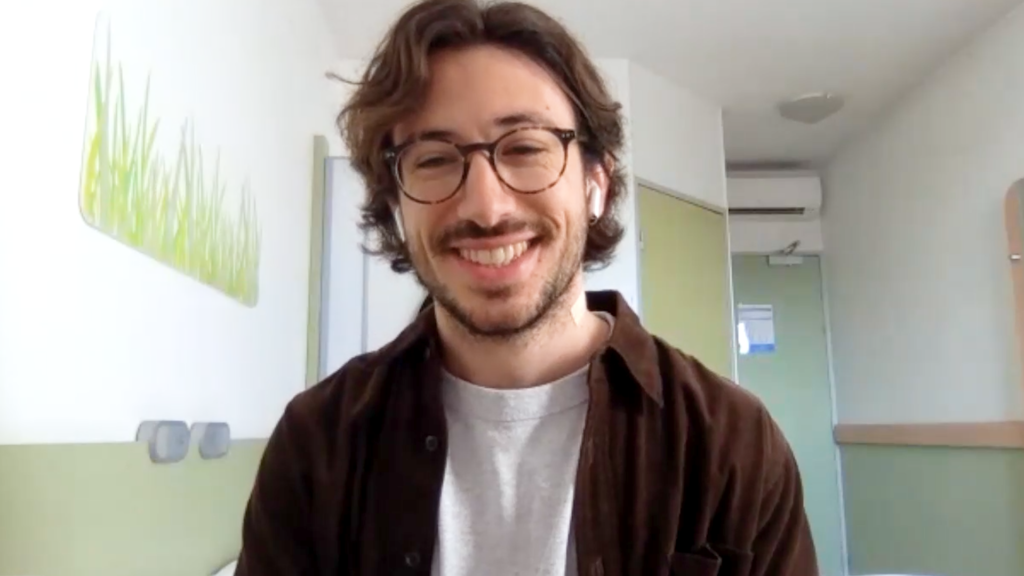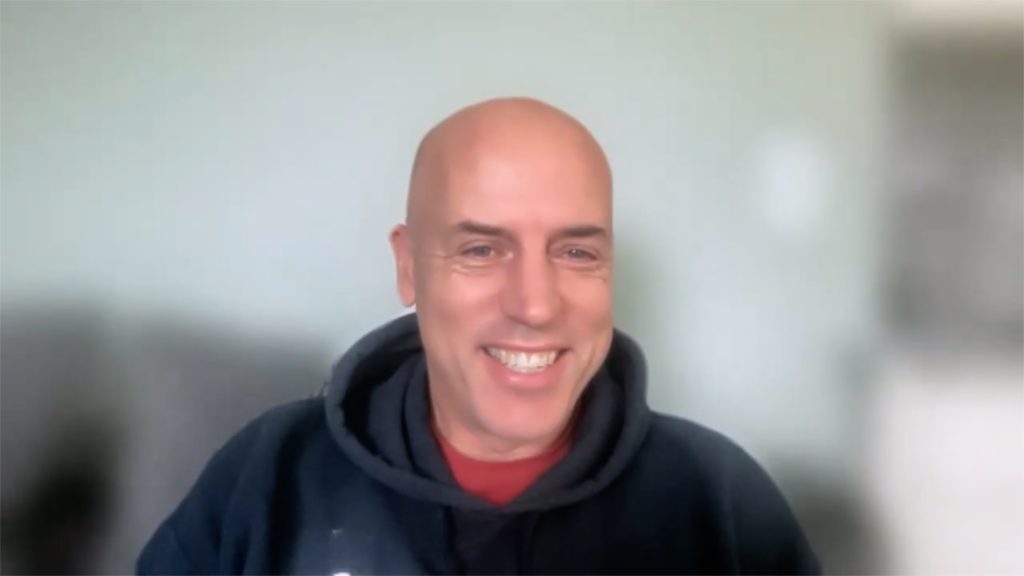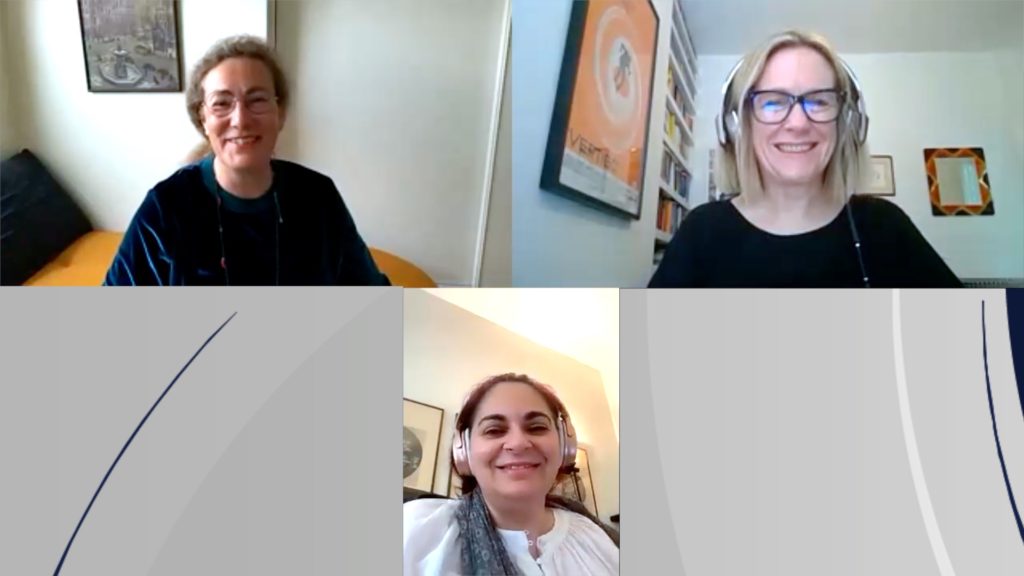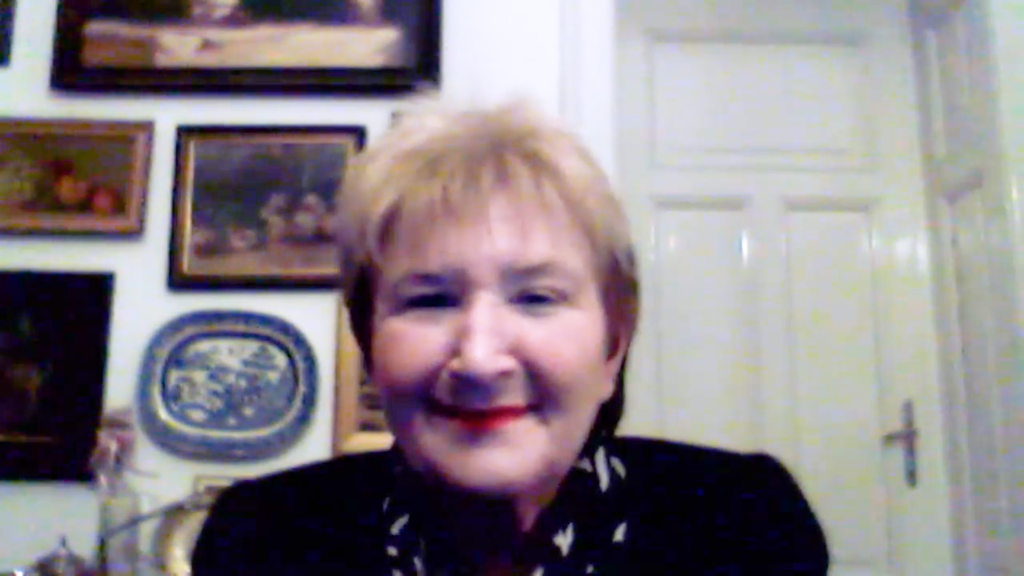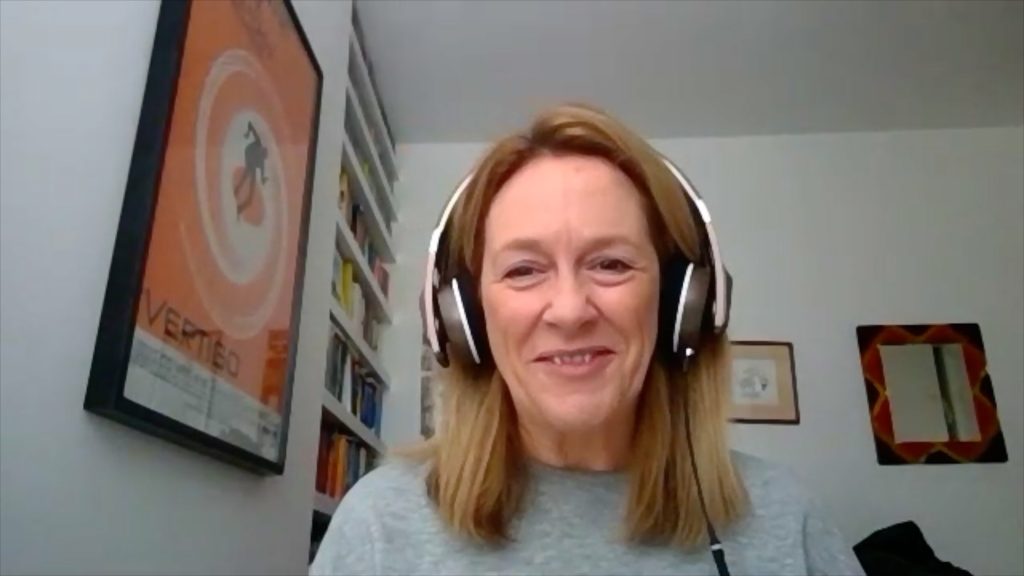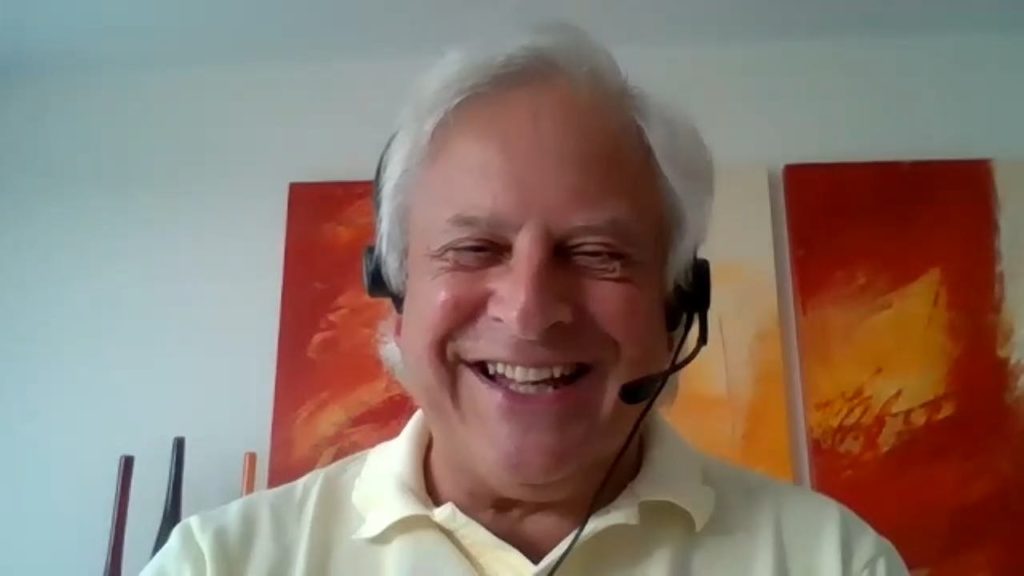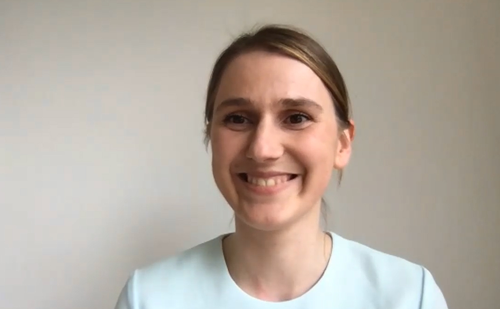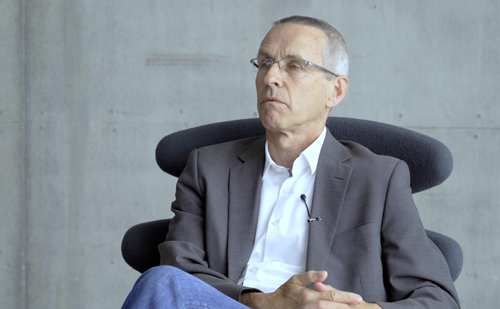According to the World Health Organization and other leading stroke experts, stroke claims 6.2 million lives each year, and its incidence is growing.1 Although more common in the elderly, stroke also affects young adults (less than 45 years of age) and the incidence of ischaemic stroke is also increasing in this population, with significant socioeconomic consequences. Furthermore, stroke in young adults is often initially misdiagnosed by inexperienced clinicians, leading to lost opportunities for intervention.2 The 4th Congress of the European Academy of Neurology (EAN), which was held in Lisbon, Portugal, featured a discussion, led by Franz Fazekas, EAN President Elect and Professor of Neurology, Medical University of Graz, Austria, of the latest advances in stroke research.3
A study recently published in the New England Journal of Medicine found that of 3,847 patients who had suffered a previous stroke or a transitory ischaemic attack (TIA), almost 13% of them either had a subsequent stroke, developed acute coronary syndrome, or died within 5 years of the original event.4This highlights the importance of secondary prevention in reducing the risk of recurrent stroke. Another recent study found that combination antiplatelet therapy with clopidogrel and aspirin may reduce the rate of recurrent stroke during the first 3 months after a minor ischemic stroke TIA. The combined regimen showed a 25% reduction in ischemic events but had more than double risk of major haemorrhage at 90 days than those who received aspirin plus placebo.5 While acknowledging this heightened risk, Prof. Fazekas commented that: “In individual cases, use of this dual therapy, which prevents the aggregation of blood platelets, is justified and certainly worthwhile.”3
Embolic strokes of undetermined source represent 20% of ischemic strokes and are associated with high recurrence rates.6 Non-vitamin K oral anticoagulants have proved successful in stroke prevention in patients with atrial fibrillation,7 therefore, a recent large study (n=7,213) compared the efficacy and safety of rivaroxaban with aspirin over a median 11 months for the prevention of recurrent stroke in patients with recent ischemic stroke that was presumed to be from cerebral embolism but without arterial stenosis, lacune, or an identified cardioembolic source. Investigators found that rivaroxaban was not superior to aspirin in terms of stroke prevention in these patients and was associated with a threefold higher risk of bleeding.8 Prof. Fazekas said: “That is regrettable, as we urgently need to find ways to prevent these kinds of strokes.”3
Recent findings on the treatment of acute stroke have been more positive. Under current guidelines, intravenous thrombolysis can only be used to treat acute stroke within 4.5 hours of the onset of symptoms. However, this is often not possible because in 14–27% of strokes, the time of symptom onset is not known, usually because stroke symptoms are only recognised when people awake from sleeping.9,10 The WAKE UP study randomly assigned 503 patients who had an unknown time of onset of stroke to receive either intravenous alteplase, a recombinant tissue plasminogen activator, or placebo.11 All the patients had ischaemic lesions which were visible only on diffusion-weighted magnetic resonance imaging, while fluid-attenuated inversion recovery imaging was negative, suggesting that the stroke must have occurred within the previous 4.5 hours. After 90 days, 53.3% of the alteplase group showed a favourable treatment outcome, as opposed to just 41.8% of patients in the placebo group. Patients who received alteplase also showed significantly better functional outcome than those who received placebo. On a scale of 0 (no symptoms) to 6 (death) the alteplase group had an average score of 1, and the placebo group 2. Mortality rates were higher in the alteplase group (10 deaths compared with 2 in the placebo group) and there was an increased incidence of intracranial bleeding (2% versus 0.4%) but this did not outweigh the positive effects of thrombolysis.11 This is a potentially important finding, enabling a substantial proportion of patients whose stroke has unknown onset time to receive thrombolytic therapy. Further study is needed to determine whether criteria for therapy based on imaging parameters can be routinely applied to stroke patients.
In summarising these data, Prof Fazekas said: “Death rates have been declining for two decades, thanks to major advances in prevention, treatment and rehabilitation. But there is still room for improvement when it comes to avoiding permanent injury following a stroke, and preventing strokes from happening in the first place.”3
References
1. World Stroke Organization. World Stroke Campaign: Facts and Figures. Available at: www.worldstrokecampaign.org/learn/facts-and-figures.html (accessed 25 June 2018).
2. Smajlovic D. Strokes in young adults: epidemiology and prevention. Vasc Health Risk Manag. 2015;11:157–64.
3. European Academy of Neurology (EAN) press release. Latest developments in stroke treatment. Available at: https://www.ean.org/lisbon2018/fileadmin/user_upload/08_Stroke-latest-developments.pdf (accessed 25 June 2018).
4. Amarenco P, Lavallee PC, Monteiro Tavares L, et al. Five-year risk of stroke after TIA or minor ischemic stroke. N Engl J Med. 2018;378:2182–90.
5. Johnston SC, Easton JD, Farrant M, et al. Clopidogrel and aspirin in acute ischemic stroke and high-risk TIA. N Engl J Med. 2018; DOI: 10.1056/NEJMoa1800410. [Epub ahead of print].
6. Ntaios G, Papavasileiou V, Milionis H, et al. Embolic strokes of undetermined source in the Athens Stroke Registry: an outcome analysis. Stroke. 2015;46:2087–93.
7. Kim IS, Kim HJ, Kim TH, et al. Appropriate doses of non-vitamin K antagonist oral anticoagulants in high-risk subgroups with atrial fibrillation: systematic review and meta-analysis. J Cardiol. 2018; DOI: 10.1016/j.jjcc.2018.03.009. [Epub ahead of print].
8. Hart RG, Sharma M, Mundl H, et al. Rivaroxaban for stroke prevention after embolic stroke of undetermined source. N Engl J Med. 2018;378:2191–201.
9. Mackey J, Kleindorfer D, Sucharew H, et al. Population-based study of wake-up strokes. Neurology. 2011;76:1662–7.
10. Fink JN, Kumar S, Horkan C, et al. The stroke patient who woke up: clinical and radiological features, including diffusion and perfusion MRI. Stroke. 2002;33:988–93.
11. Thomalla G, Simonsen CZ, Boutitie F, et al.; WAKE-UP Investigators. MRI-guided thrombolysis for stroke with unknown time of onset. N Engl J Med. 2018; DOI: 10.1056/NEJMoa1804355 [Epub ahead of print].




